When Is a nova not a nova? When a white dwarf and a brown dwarf collide
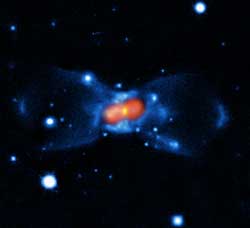 International research team confirms collision of white dwarf and brown dwarf stars.
International research team confirms collision of white dwarf and brown dwarf stars.
Oct 8th, 2018
Read more
 Subscribe to our Space Exploration News feed
Subscribe to our Space Exploration News feed
 International research team confirms collision of white dwarf and brown dwarf stars.
International research team confirms collision of white dwarf and brown dwarf stars.
Oct 8th, 2018
Read more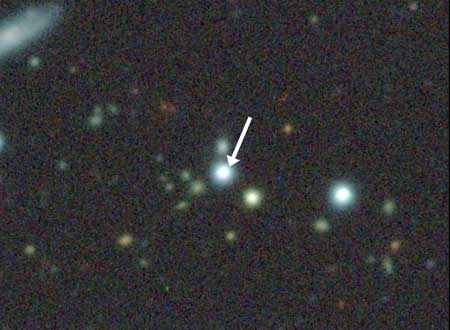 With the Pristine survey, an international team is looking for and researching the oldest stars in our Universe. The goal is to learn more about the young Universe right after the Big Bang.
With the Pristine survey, an international team is looking for and researching the oldest stars in our Universe. The goal is to learn more about the young Universe right after the Big Bang.
Oct 8th, 2018
Read more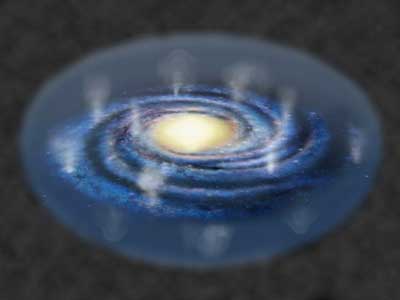 Satellite x-ray observations reveal that supernovae feed the gas cloud that surrounds our galaxy.
Satellite x-ray observations reveal that supernovae feed the gas cloud that surrounds our galaxy.
Oct 5th, 2018
Read more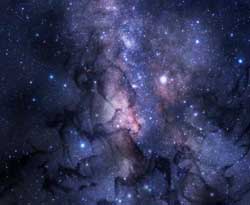 In a review that was published this week, physicists argue that the time has come to broaden and diversify the experimental effort, and to incorporate astronomical surveys and gravitational wave observations in the quest for the nature of dark matter.
In a review that was published this week, physicists argue that the time has come to broaden and diversify the experimental effort, and to incorporate astronomical surveys and gravitational wave observations in the quest for the nature of dark matter.
Oct 4th, 2018
Read more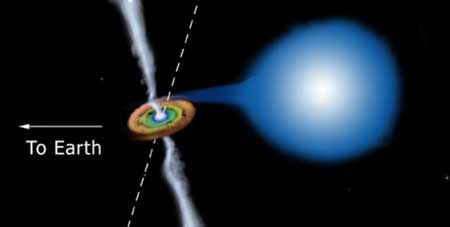 One of the weirdest objects in the Milky Way just got weirder. Scientists have discovered a new source of the highest-energy photons in the cosmos: a strange system known as a microquasar, located in our neck of the galaxy a neighborly 15,000 light years from Earth.
One of the weirdest objects in the Milky Way just got weirder. Scientists have discovered a new source of the highest-energy photons in the cosmos: a strange system known as a microquasar, located in our neck of the galaxy a neighborly 15,000 light years from Earth.
Oct 3rd, 2018
Read more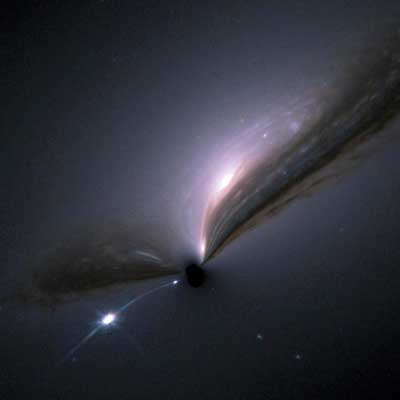 Statistical analysis shows black holes can make up no more than 40 percent of dark matter.
Statistical analysis shows black holes can make up no more than 40 percent of dark matter.
Oct 2nd, 2018
Read more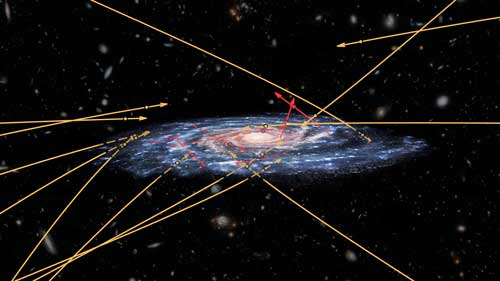 A team of astronomers using the latest set of data from ESA's Gaia mission to look for high-velocity stars being kicked out of the Milky Way were surprised to find stars instead sprinting inwards - perhaps from another galaxy.
A team of astronomers using the latest set of data from ESA's Gaia mission to look for high-velocity stars being kicked out of the Milky Way were surprised to find stars instead sprinting inwards - perhaps from another galaxy.
Oct 2nd, 2018
Read more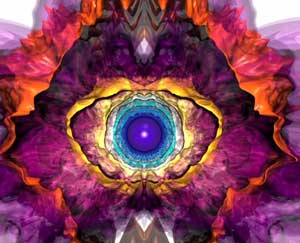 New, three-dimensional simulations reveal the inner workings of one of the universe's most mysterious stars.
New, three-dimensional simulations reveal the inner workings of one of the universe's most mysterious stars.
Sep 26th, 2018
Read more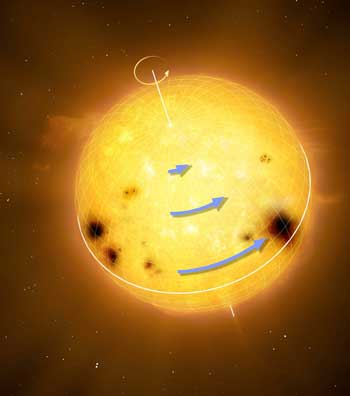 Equators of Sun-like stars rotate up to two and a half times as fast as higher latitudes, researchers have discovered.
Equators of Sun-like stars rotate up to two and a half times as fast as higher latitudes, researchers have discovered.
Sep 20th, 2018
Read more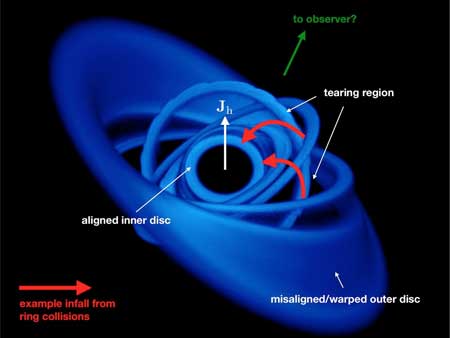 Astronomers report the first detection of matter falling into a black hole at 30% of the speed of light, located in the centre of the billion-light year distant galaxy PG211+143.
Astronomers report the first detection of matter falling into a black hole at 30% of the speed of light, located in the centre of the billion-light year distant galaxy PG211+143.
Sep 20th, 2018
Read more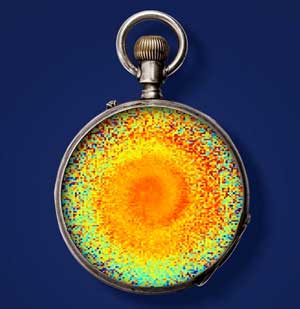 Position and movement data of more than six million stars show substructures that were never seen, originated by an impact that occurred more than 300 million years ago.
Position and movement data of more than six million stars show substructures that were never seen, originated by an impact that occurred more than 300 million years ago.
Sep 19th, 2018
Read more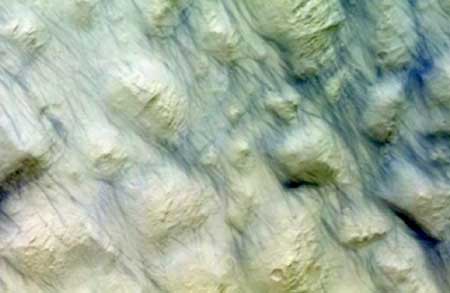 Astronauts on a mission to Mars would be exposed to at least 60% of the total radiation dose limit recommended for their career during the journey itself to and from the Red Planet, according to data from the ESA-Roscosmos ExoMars Trace Gas Orbiter.
Astronauts on a mission to Mars would be exposed to at least 60% of the total radiation dose limit recommended for their career during the journey itself to and from the Red Planet, according to data from the ESA-Roscosmos ExoMars Trace Gas Orbiter.
Sep 19th, 2018
Read more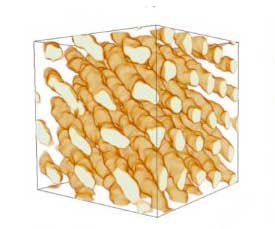 Computer simulations of neutron stars could help better understand the possible sources of gravitational waves.
Computer simulations of neutron stars could help better understand the possible sources of gravitational waves.
Sep 18th, 2018
Read more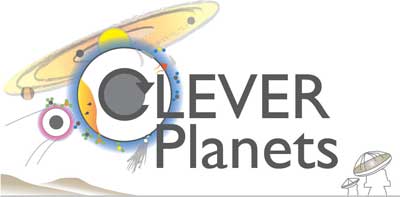 Cross-disciplinary team will track life-essential elements during planets' early evolution.
Cross-disciplinary team will track life-essential elements during planets' early evolution.
Sep 17th, 2018
Read more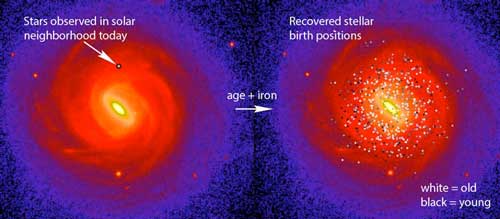 An international team of scientists has found a way to recover the birth places of stars in our Galaxy. This is one of the major goals in the field of Galactic Archaeology, whose aim is to reconstruct the formation history of the Milky Way.
An international team of scientists has found a way to recover the birth places of stars in our Galaxy. This is one of the major goals in the field of Galactic Archaeology, whose aim is to reconstruct the formation history of the Milky Way.
Sep 13th, 2018
Read more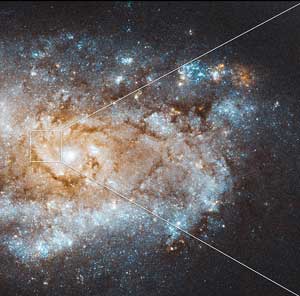 As large stars explode, their interiors collapse down to a point at which all of their particles become neutrons. If the newly born star has a magnetic field and rotates fast enough, it can accelerate nearby charged particles and become what astronomers call a pulsar wind nebula.
As large stars explode, their interiors collapse down to a point at which all of their particles become neutrons. If the newly born star has a magnetic field and rotates fast enough, it can accelerate nearby charged particles and become what astronomers call a pulsar wind nebula.
Sep 12th, 2018
Read more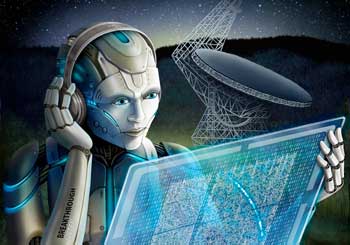 Machine learning algorithm also helps search for new kinds of signals from extraterrestrial intelligence.
Machine learning algorithm also helps search for new kinds of signals from extraterrestrial intelligence.
Sep 10th, 2018
Read more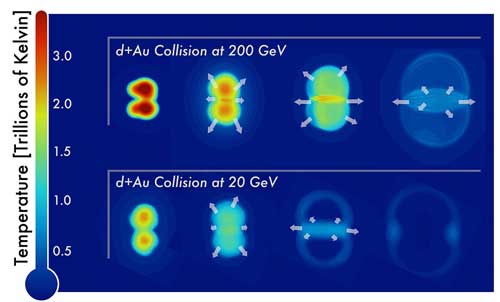 Particle flow patterns suggest even small-scale collisions create drops of early universe quark-gluon plasma.
Particle flow patterns suggest even small-scale collisions create drops of early universe quark-gluon plasma.
Sep 6th, 2018
Read more